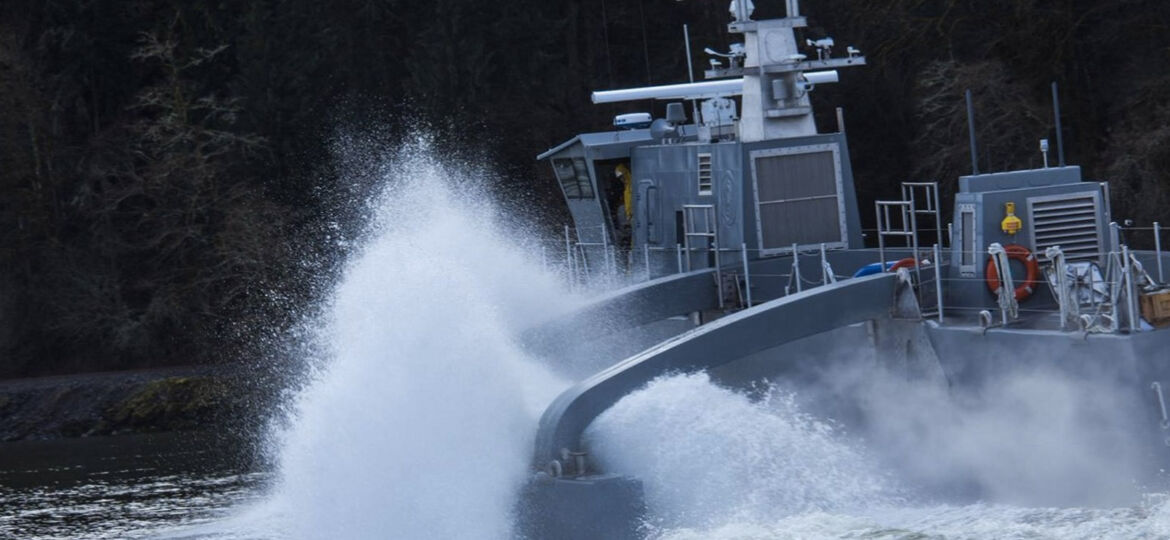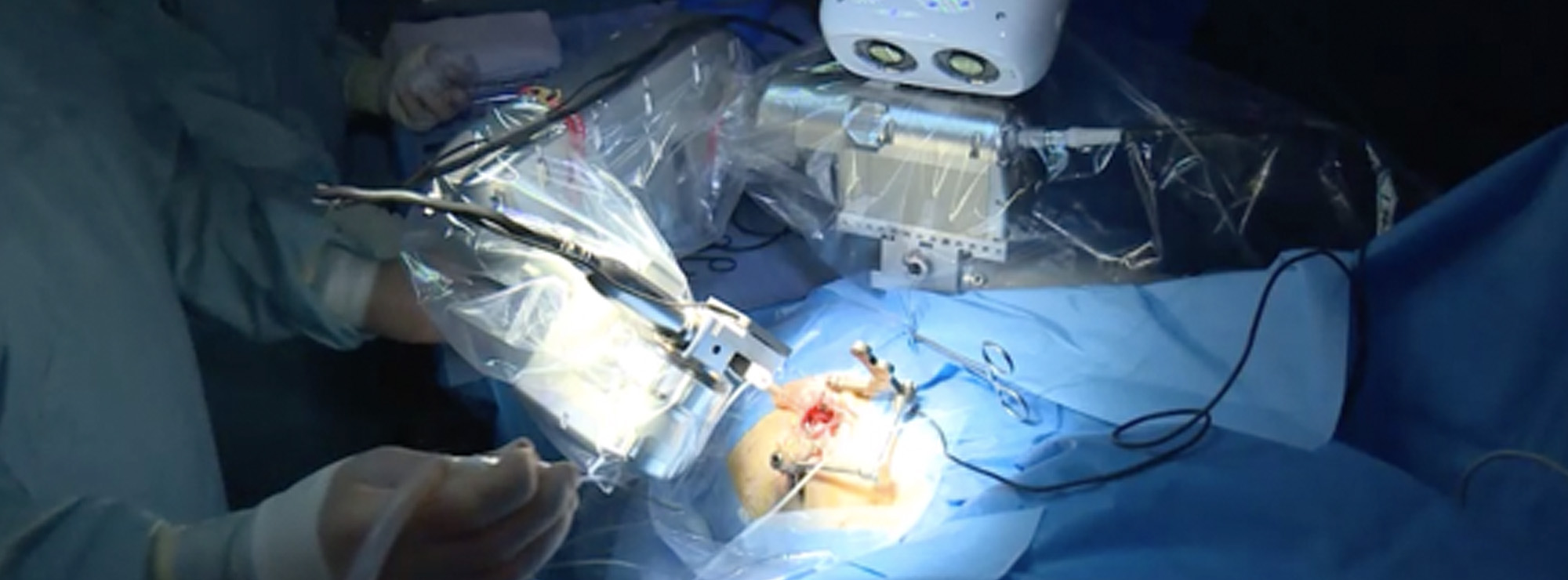
WHY THIS MATTERS IN BRIEF
Many navies around the world are going all in on autonomous boats, ships and platforms, the Sea Hunter will be the first of many such systems that enter service after 2017.
Main contractor Leidos has announced that it is starting operational trials of the Sea Hunter, the autonomous sub-hunter it built for DARPA. The Anti-Submarine Warfare Continuous Trail Unmanned Vessel (ACTUV) will take to the seas off the coast of San Diego, California in the coming months for tests of the unmanned ship’s sensors, mission control hardware and software, and the autonomy system.
The 132 ft (42-m) autonomous trimaran, which was christened Sea Hunter on April 9, 2016, completed its initial sea trials earlier this year. These trials included executing multi-waypoint missions without human intervention and tests of the Remote Supervisory Control Station (RSCS) which are designed to allow the remote supervision and control of Sea Hunter either from shore or a command vessel, such as the US Navy’s newly launched 600ft fully autonomous-capable, USN Zumwalt. In addition, Sea Hunter acted as the test bed for a towed airborne anti-submarine sensor array called TALONS.
Co-funded by DARPA and the Office of Naval Research (ONR), Sea Hunter is designed to autonomously track – but not yet engage – potentially hostile submarines for months at a time, and while it currently has a small operating crew on board, complete with wheel house, over time those will be phased out as the trials come to a conclusion.
When it’s in service, Sea Hunter will operate autonomously for around 30 to 90 days at a time out at sea and will leave and return to port on its own without the need for any intervention. Additionally it’s designed to operate safely and in accordance with maritime laws and a tenth less to operate than a conventional sub hunter.
Leidos says the sea trials will continue through the third quarter of 2017 as part of a two year test program.
“Sea Hunter is at the forefront of new autonomy technologies for the US military,” says Mike Chagnon, president of the Leidos Advanced Solutions Group, “the operational testing is designed to showcase the unprecedented capabilities that this type of unmanned vessel could offer our military forces.”















